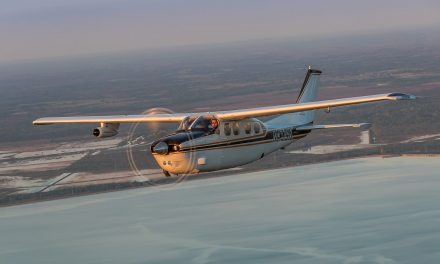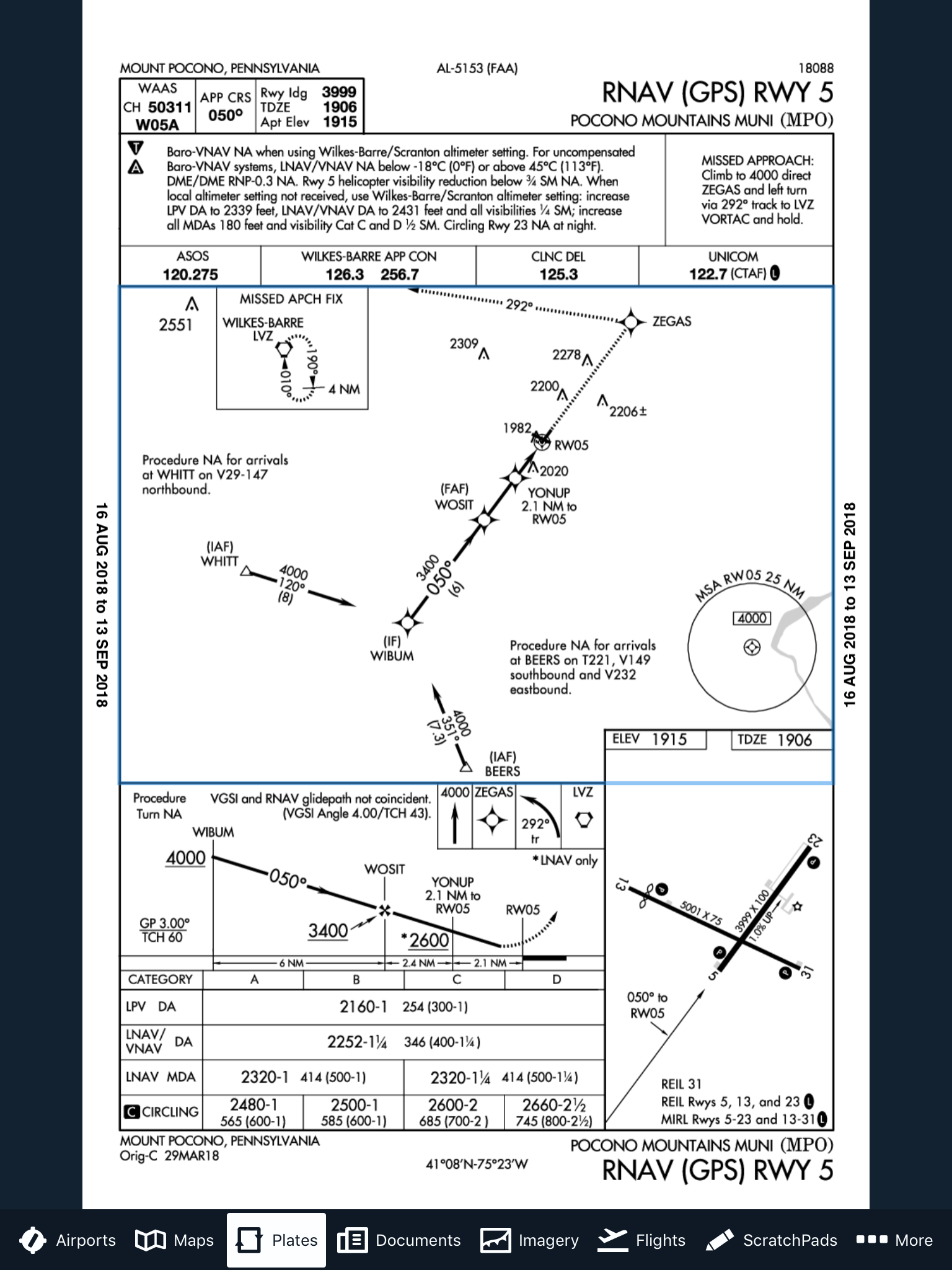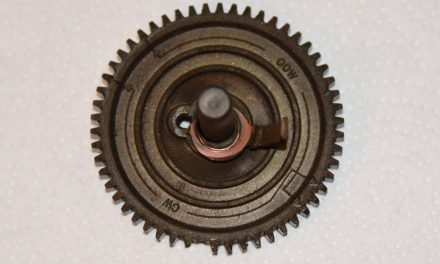Using Techniques Suggested in “Engine Failure on Takeoff With a Return to the Field”
By Joel A. Turpin, ATP CFI-I FAA Master Pilot
Simulation Test Conditions
The simulations were flown at Solberg-Hunterdon Airport, N51, with a Cessna 182RG from Runway 22, which is 5,598 feet long, at a field elevation of 189 feet, with winds 250 @12.
A 45-degree bank turn was used on all turn backs and a 6-seccond delay for the human factor was used.
Simulation Test Results
Attempt 1: Climb at Vy. Return at 800 ft. AGL. Prop feathered. Left turn back. Successful return.
Attempt 2: Climb at Vy. Return at 800 ft. AGL. Prop not feathered. Right turn back. Successful return.
Attempt 3: Climb at Vx. Return at 800 ft. AGL. Prop feathered. Left turn back. Successful return.
Attempt 4: Climb at Vx. Return at 800 ft. AGL. Prop not feathered. Right turn back. Successful return (barely).
Attempt 5: Climb at 100 kts. Return at 800 ft. AGL. Prop feathered. Right turn back. Not successful.
Attempt 6: Climb at 100 kts. Return at 800 ft. AGL. Prop not feathered. Left turn back. Successful return (Just made it.)
Attempt 7: Climb at Vy. Return at 500 ft. AGL. Prop feathered. Left turn back. Made it to airport environment but not the runway.
Attempt 8: Climb at Vy. Return at 500 ft. AGL. Prop feathered. Right turn back. Made it to airport environment but not the runway.
Slip to land was used in Attempt 4.
Conclusions
Climbs at anything other than Vy or VX resulted in not getting back to the runway. A fast forward speed but shallow climb rate results in being way far from the airport environment. A climb to at least 800 feet AGL at Vy or Vx was necessary for a successful return.





